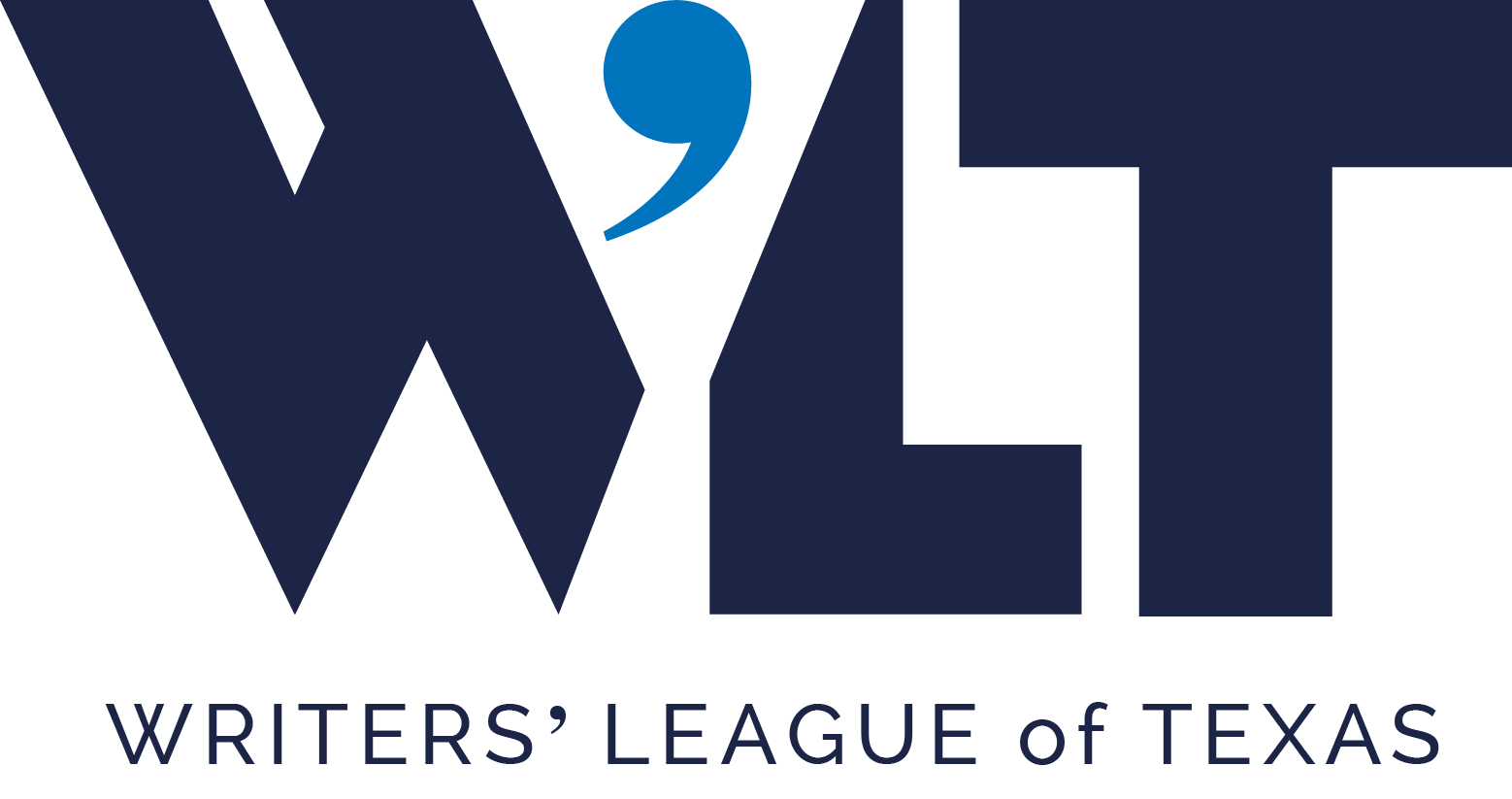“By pushing people into a literal or metaphorical journey, we’re pushing them across their usual boundaries. Things happen to them. They meet people. And story follows in its wake.”
-Greg Garrett
Greg Garrett is teaching a class for the Writers’ League of Texas called “On The Hero’s Journey: Discovering Plot, Character, and Meaning for Your Novel” on May 13 at the ACC Highland Campus in Austin, TX. The class will provide writers with an overview of Joseph Campbell’s hero’s journey and how this model will help a writer with almost any novel. Read the interview below and visit the class page to learn more.

Scribe: In case anyone is unclear, what exactly is the Hero’s Journey?
Greg Garrett: The Hero’s Journey is an archetypal story told by cultures around the world for thousands of years. In it, a hero goes on a journey, proves her- or himself through a series of adventures and tests, experiences a sort of death and rebirth, and returns home with a boon or gift that, in ways large or small, saves her or his people. The pattern itself was named by Joseph Campbell, a twentieth-century scholar of comparative literature who studied hero and creation myths and found this incredible similarity from story to story. It was almost, he thought, like there was a story pattern to which we were conditioned to respond. I like to say that the Hero’s Journey is hard-wired into our genes, which makes it an essential piece of knowledge for every storyteller.
Scribe: In your opinion, why is the Hero’s Journey such a strong model that writers have been able to rely on for so long?
GG: I think the thing that works about the Hero’s Journey for storytellers is that the journey model is a perfect way to create conflict. If we say there are two great stories—a person goes on a journey or a stranger comes to town—they’re both about cracking open a hermetically sealed system and making story possible. If people remain hidden in their living rooms, then nothing happens to them (normally; the Will Ferrell character in Stranger than Fiction is a funny meta-fictional exception). But by pushing people into a literal or metaphorical journey, we’re pushing them across their usual boundaries. Things happen to them. They meet people. And story follows in its wake.
Scribe: Do you think it’s possible to abbreviate the Hero’s Journey for short form fiction, or is long form necessary?
GG: The short story plot arc is a much narrower arc than in a novel, play, or screenplay, so while you can use fragments of the Hero’s Journey, you can’t walk a character through the full journey in 12 pages. But you might show their Threshold Crossing, Ordeal, and Rebirth moments—that would make a strong short story. So knowing about the Hero’s Journey is a useful device for any story, but it most fully flowers in a long narrative.
Scribe: Is there any part of Joseph Campbell’s original Hero’s Journey model that you don’t agree with, or would like to see changed in some way?
GG: I find Campbell’s model really useful, but his expression of it is hard to digest for most writers. He was a scholar, not a storyteller. The Hero with a Thousand Faces is brilliant, but it’s really hard to read. Very dense. Even the PBS series he did with Bill Moyers, The Power of Myth, doesn’t really capture in any useful form the story pattern, the archetypal characters, or any real practical storytelling wisdom. It has taken story analysts and professional storytellers to find ways to make the Hero’s Journey a useful tool.
Scribe: Of the plethora of well-known works that are structured around the Hero’s Journey, do you have a favorite?
GG: Star Wars is the obvious response; George Lucas very consciously used the Hero’s Journey model and brought Joseph Campbell to Skywalker Ranch to talk with him about story. But I think maybe my personal favorite of the works that contains the Hero’s Journey is the Harry Potter epic. Every one of the seven novels contains a discrete Hero’s Journey, and then the 4100-page master narrative also bears the imprint of the Hero’s Journey. You can see how the archetype works in the most-popular story of all time—and it works REALLY well!
—
Thanks, Greg!
Click here to register for Greg’s class.
Click here for our current class schedule.
About the Instructor
Greg Garrett is the author of over twenty books of fiction, nonfiction, and memoir, including the acclaimed novels Free Bird, Cycling, Shame, and The Prodigal. He teaches fiction writing and screenwriting at Baylor University, where he has received numerous teaching honors, and has offered highly-rated classes for the Writers League for over a decade. He lives with his wife and family in Austin.









